Manggachapui Tree
- November 8, 2024
- 0 comment
The Manggachapui tree, scientifically known as Hopea Acuminata Merr., is an impressive and ecologically valuable tree that plays a vital role in tropical forest ecosystems.

Not only is it crucial for maintaining biodiversity, but it also contributes to soil stabilization and the local wildlife habitat. As part of the Dipterocarpaceae family, the Manggachapui tree embodies characteristics that make it an integral part of forested regions in Southeast Asia.
What Is a Manggachapui Tree?
The Manggachapui tree is a tall, hardwood species notable for its robust trunk and dense foliage. Belonging to the Dipterocarpaceae family, this tree typically reaches heights of 30 to 50 meters. Its leaves are simple, elongated, and have a glossy surface, while the bark is coarse and dark brown, adding a unique texture to the tree’s appearance. The tree’s flowers, although small and inconspicuous, play an essential role in pollination processes within their habitats.
Interesting Facts About Manggachapui Trees:
- They can live for several decades, contributing significantly to the stability of the ecosystems they inhabit.
- The Manggachapui tree’s dense canopy provides essential shade and microclimates for undergrowth plants and small wildlife.
- It has a reputation for enhancing soil health by preventing erosion due to its extensive root system.
3 Different Types of Manggachapui Tree Species
The Hopea genus consists of multiple species that share similarities with the Manggachapui tree. Each species has adaptations that suit its particular environment:
Hopea Odorata
Common in parts of Southeast Asia, this species is known for its slightly aromatic wood.


Hopea Helferi
Found in Myanmar and Thailand, it thrives in lower elevation areas.
Hopea Acuminata (Manggachapui)
The primary focus of this guide, valued for its ecological and environmental role.

Differences Among Species:
- Size and Height: While Hopea acuminata can grow up to 50 meters, some species like Hopea helferi are shorter.
- Habitat: Different species adapt to specific forest types, from coastal rainforests to inland tropical zones.
Where Do Manggachapui Trees Grow?
Manggachapui trees are indigenous to tropical and subtropical regions, particularly thriving in Southeast Asian countries such as the Philippines and parts of Malaysia. These trees prefer warm, moist climates with well-drained, loamy soils rich in organic matter. They are often found in lowland rainforests and areas with consistent rainfall.
Adaptation to Various Climates:
The Manggachapui tree exhibits remarkable adaptability, capable of surviving in slightly arid conditions due to its deep root system, which allows it to access water far below the soil surface.
Ecological Role In their natural habitats, Manggachapui trees are pivotal for:
- Preventing soil erosion with their extensive root networks.
- Acting as carbon sinks to mitigate the effects of climate change.
- Offering shelter and sustenance to various animal and insect species.
How to Grow and Care for Manggachapui Trees
For gardeners or conservationists looking to grow Manggachapui trees, understanding their basic requirements is essential:

Growing Conditions:
- Soil Type: Well-drained, fertile loamy soil with good organic content.
- Sunlight: Full to partial sunlight is ideal, though younger trees benefit from some shade.
- Watering: Regular watering is necessary, especially during the initial growth phase. Mature trees are more drought-tolerant but still prefer consistent moisture.
Propagation and Maintenance Tips:
The tree can be propagated through seeds or cuttings. Seeds should be planted in nutrient-rich soil and kept moist until germination. Cuttings can be taken from mature branches, treated with rooting hormones, and planted in a controlled environment until established.
- Pruning: Periodic pruning helps remove dead branches and promotes healthier growth.
- Pest Control: Regular inspection for pests, such as beetles or borers, and the application of eco-friendly pest solutions can prevent infestations.
- Protection: Mulching around the base can help maintain soil moisture and reduce competition from weeds.
Ecological Benefits of Manggachapui Tree
The Manggachapui tree’s ecological contributions are numerous:

- Soil Quality: The tree’s leaf litter decomposes and enriches the soil, enhancing its fertility.
- Erosion Prevention: Its roots bind the soil, reducing the risk of erosion during heavy rains.
- Biodiversity Support: The tree provides a habitat for insects, birds, and small mammals, supporting the food chain.
Manggachapui Tree Flowering and Pollination
The Manggachapui tree produces small, yellowish or white flowers that bloom seasonally. These blooms may not be visually striking but have a subtle fragrance that attracts pollinators such as bees and certain types of birds. This interaction is crucial for the tree’s reproductive cycle, ensuring the spread of its seeds and the continuation of its species.
Is Manggachapui Tree Drought-Tolerant?
While the Manggachapui tree can withstand short periods of drought, it thrives best in consistently moist environments. Its deep-root system supports its survival during dry spells by accessing water from deeper soil layers. However, extended droughts may stress the tree, affecting its growth and overall health.
Manggachapui Tree and Wildlife Interactions
The Manggachapui tree plays a central role in local ecosystems. Its large canopy provides shelter to birds and arboreal mammals, while fallen fruits and seeds serve as food for various forest-dwelling animals. The tree’s flowers also attract pollinators, creating a mutually beneficial relationship that aids in maintaining biodiversity.
Symbiotic Relationships insects and small animals may protect the Manggachapui tree by feeding on harmful pests, creating a natural defense system for the tree.
Final Conclusions
The Manggachapui tree (Hopea Acuminata Merr.) is more than just a part of the forest landscape; it is a keystone species that supports ecosystems through its various ecological functions. By preventing soil erosion, promoting biodiversity, and contributing to the carbon cycle, the Manggachapui tree highlights the importance of conservation efforts focused on preserving these majestic trees. Protecting and planting more of these trees can aid in sustaining forest ecosystems and the planet’s overall health.
Frequently Asked Questions (FAQs)
- What is the Manggachapui tree’s scientific name?
The Manggachapui tree’s scientific name is Hopea Acuminata Merr.. - Where is the Manggachapui tree typically found?
It is native to Southeast Asia, growing in tropical rainforests of countries like the Philippines, Malaysia, and Indonesia. - What family does the Manggachapui tree belong to?
It belongs to the Dipterocarpaceae family, which includes many important tropical hardwood trees. - What are the main characteristics of the Manggachapui tree?
It is a tall, evergreen tree with glossy leaves, rough dark bark, and small, inconspicuous flowers. It can grow up to 30-50 meters in height. - How does the Manggachapui tree contribute to its ecosystem?
It helps prevent soil erosion, improves soil quality, and provides habitat and food for wildlife. - Is the Manggachapui tree drought-tolerant?
It has moderate drought tolerance due to its deep roots, but it prefers consistent moisture. - What role do the flowers of the Manggachapui tree play?
The small flowers attract pollinators such as bees and birds, aiding in cross-pollination and reproduction. - How can you grow a Manggachapui tree at home?
Grow it in well-drained, fertile soil with full to partial sunlight, provide regular watering, and propagate from seeds or cuttings.
We hope this guide has highlighted the importance of the Manggachapui tree and its role in nature. Have experiences or ideas about supporting Manggachapui conservation? Share below and inspire others to appreciate and protect this vital tree. Don’t forget to share this guide with nature enthusiasts committed to preserving our forests.


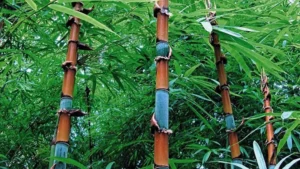
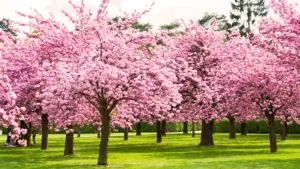
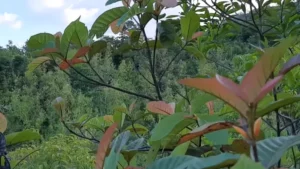
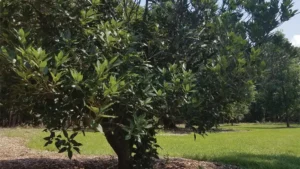
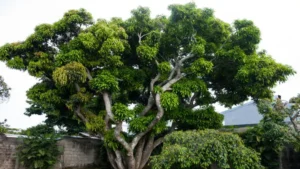
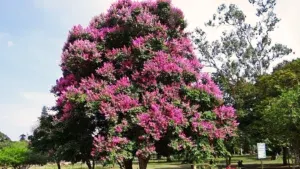
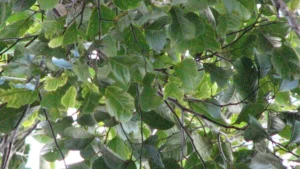
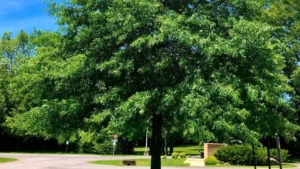
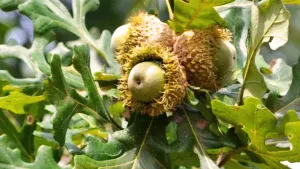
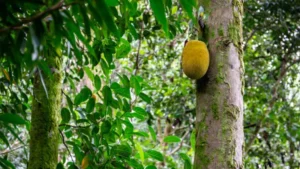
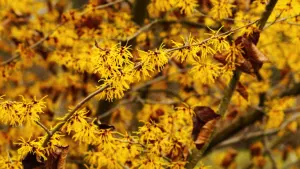
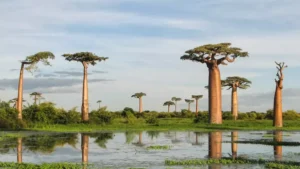
Leave your comment